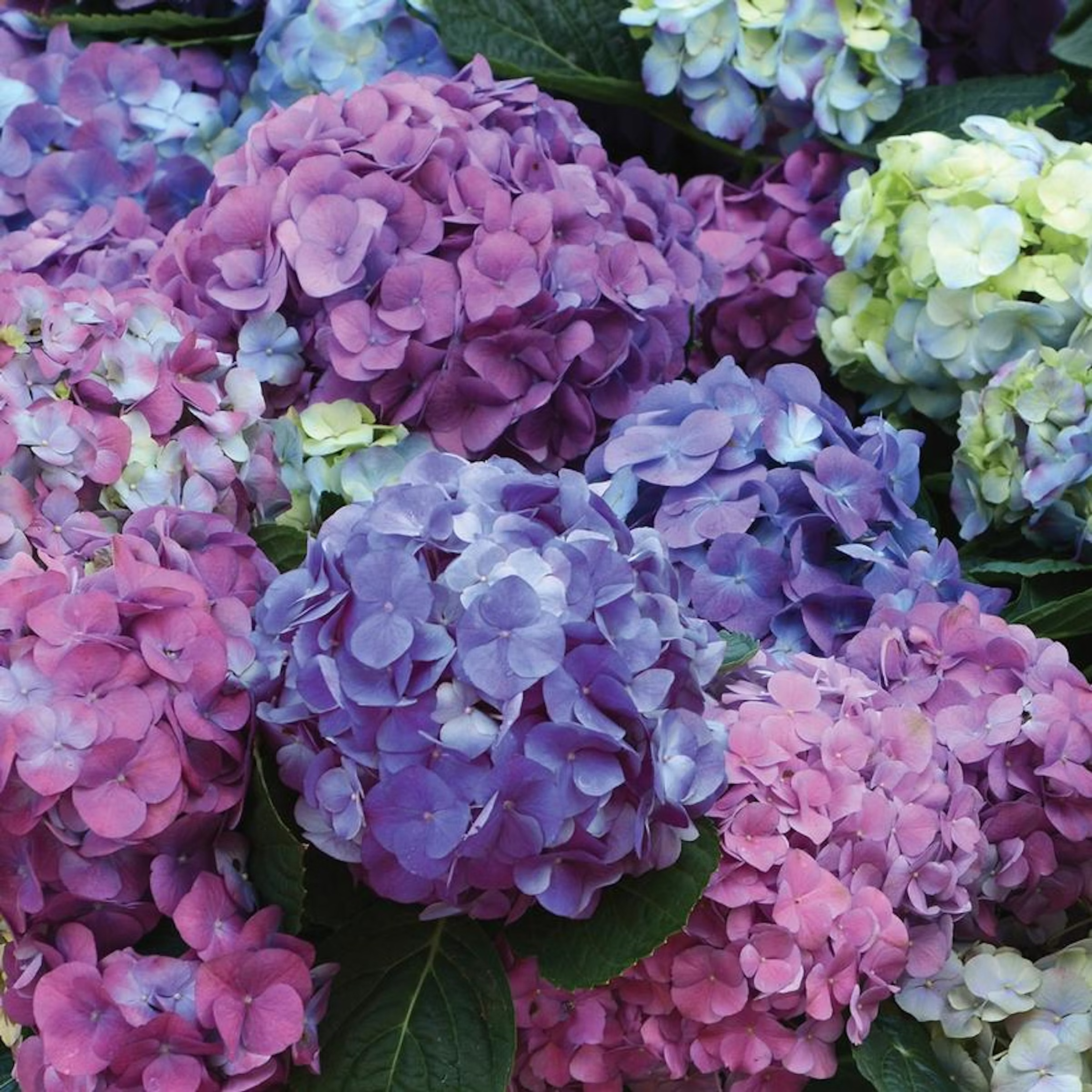Growing Blueberries In Pots – Container-Based Blues For Yummy Summer Fruits
Everyone should be making room in their garden for a superfruit, but if you’re short on space, worry not. You’ll find that growing blueberries in pots is just as rewarding and well within your reach

Janey Goulding
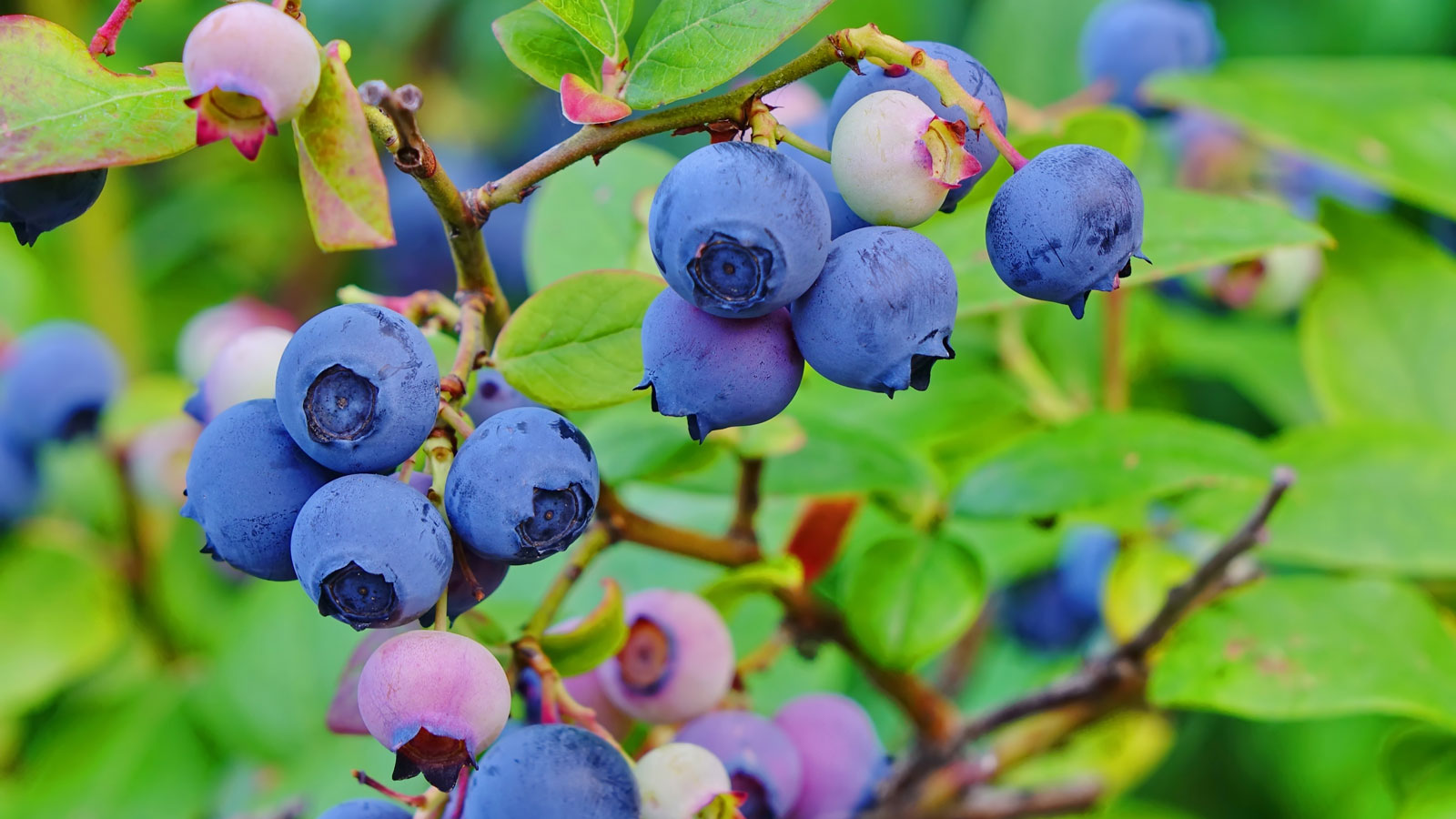
Blueberries have it all – they are small, a pretty color, tasty, and full of antioxidants. Growing your own blueberries is a pleasurable way to boost your intake of nutrients from this edible champion. But for anyone who has limited ground space or is worried about soil issues, growing blueberries in pots is not only possible but an ideal way of getting the most from these gorgeous fruiting specimens.
Here’s how to tackle growing blueberries in containers, from pot selection through to winter care, so that you can be assured of a satisfying superfruit crop from year to year.
How Easy Is It To Grow Blueberries in Pots?
If you don’t have a big backyard, a dedicated berry patch is probably out of the question. But growing blueberry plants in pots is a viable solution for edible gardeners keen to cultivate superfruits. It may be impractical to grow highbush blueberry plants in containers, since they are capable of growing rather tall, but most dwarf or half-high varieties work well.
Going for container gardening with your blueberry plants is practical in other ways as well. Blueberries require not just well-draining soil, but acidic well-draining soil. The best pH is between 4.5 and 5. If your backyard soil is compacted, clay or lacking drainage, or even if it doesn’t have the proper pH, it’s easier to grow blueberries in containers than to lower soil pH. It also makes it simple for you to regulate the moisture and sun exposure that your plants will need.
Choosing the Right Container
Once you have decided that you are growing blueberry plants in containers, one of the first decisions to make is which sort of pot to use. The right container for growing blueberries is a large pot that has adequate drain holes. Ideally, it should be weather-proof and able to sustain a reasonable level of both rainfall and sun exposure. Avoid selecting a classic black plastic container, which can heat up quickly and make the soil too warm for the plants.
Consider the size of your container, and plan for a decent amount of growth in the first few years. Pick a five-gallon pot to plant a young plant. As the plant grows, move it into a larger container or a wooden barrel. To generously accomodate blueberry plants in pots, the minimum size container for a mature plant is 24 inches (60cm) deep and wide.
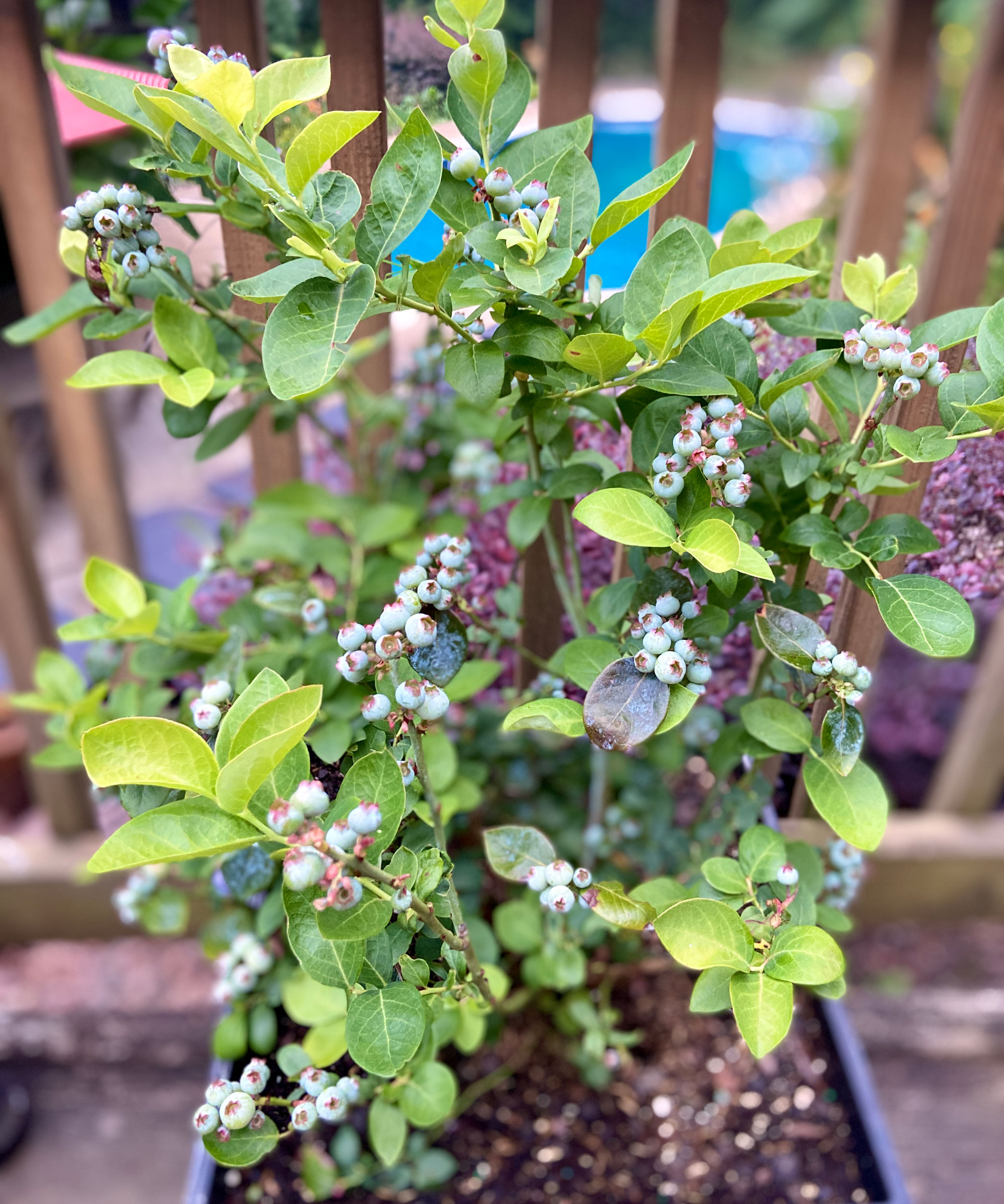
Best Blueberry Varieties for Pots
It is easiest and best to select dwarf or half-high blueberry varieties if you want to grow them in pots. Standard blueberry bushes can reach heights of 6 feet (1.8 meters), which is awfully tall for a container plant.
Good cultivars include ‘Northblue’, ‘Jelly Bean’, ‘Northsky’, ‘St. Cloud’, ‘Polaris’, ‘Chippewa’, ‘Northland’ and ‘North Country’. Alternatively, use lowbush cultivars like ‘Top Hat’ if you don’t mind getting smaller fruit. These top out at one foot (30cm) and have a spreading growth habit.
Sign up for the Gardening Know How newsletter today and receive a free copy of our e-book "How to Grow Delicious Tomatoes".
Note that you will need a second cultivar to cross-pollinate your bushes if your blueberry cultivars are not self-fruitful. Most are self-fruitful, but there are exceptions like ‘St. Cloud’ and ‘Polaris’. Planting more than one cultivar is a good idea anyway, since it can make pollination easier and help you grow bigger berries.
Caring for Blueberries in Pots
Growing blueberries in containers is a relatively easy process. In some ways, it is easier to grow blueberries in large pots, as it is easier to regulate optimum growing conditions. However, if you want to avoid some of the common pitfalls and blueberry growing mistakes, keep these cultivation essentials in mind to ensure success.
- Light & Warmth: Blueberries need plenty of sun, but can also flourish with some dappled shade. Ideally, there should be some protection from direct sunlight during very hot afternoons. However, a sunny spot is more likely to result in a more generous crop of sweeter fruits, as well as a more dazzling foliage display in fall.
- Watering: Blueberries need regular water to keep soil moist. However, blueberry roots are shallow and don’t like sitting in water. When growing blueberry plants in containers, water frequently (but lightly) to keep soil moist. Also water deeply every two weeks or so to drench the soil and get rid of excess soil salts. Stick to rainwater if possible. Using an acidic mulch like pine bark or chipped hardwood bark can help to keep moisture in the soil.
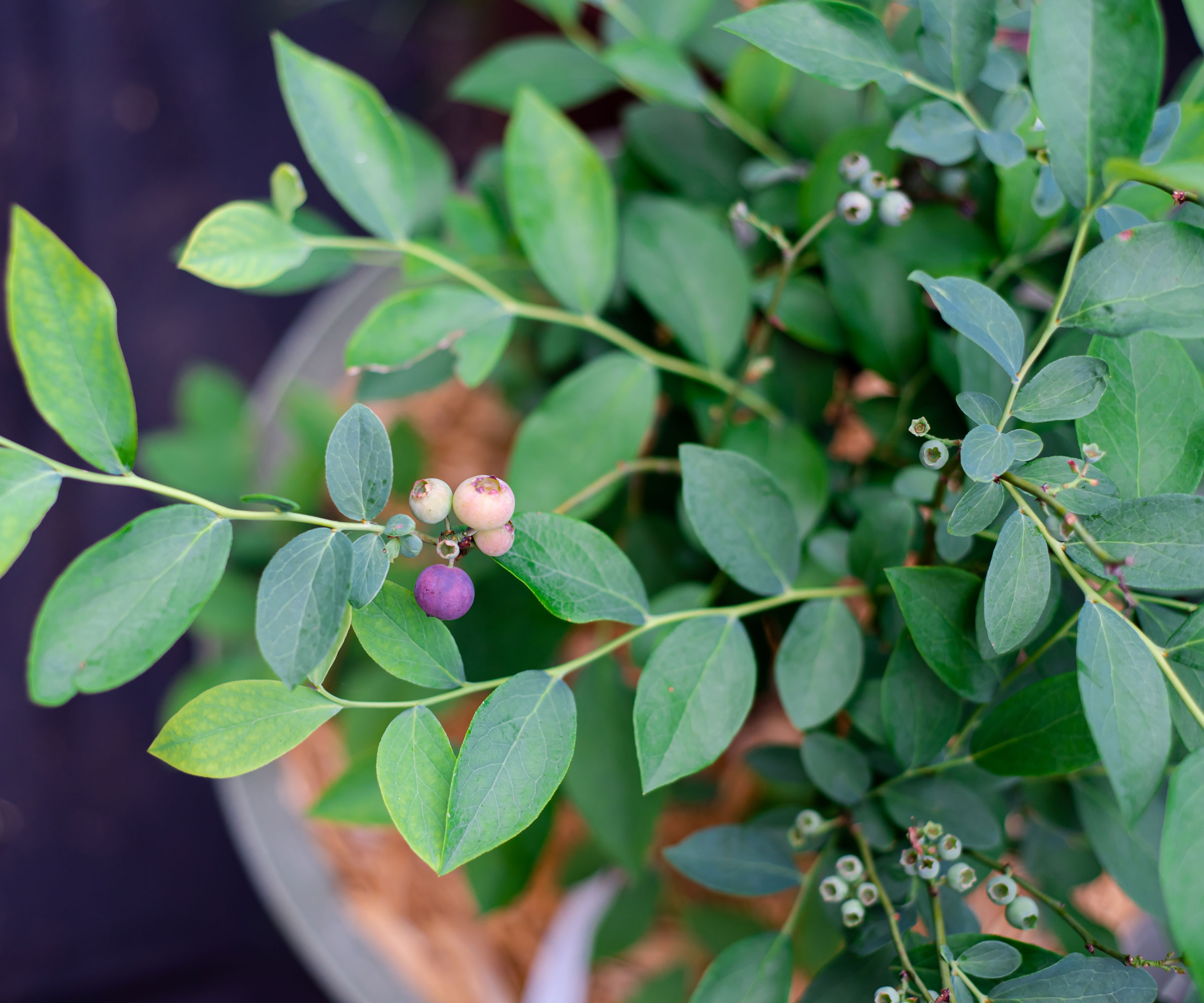
- Soil: Blueberries thrive in well-draining, acidic soil. Look for appropriate potting soil at the garden store, or make your own by mixing equal amounts of potting soil and peat moss. You can make an acidic soilless medium by mixing one-part sphagnum peat moss and one-part shredded pine bark. Another popular mix that works well for container blueberries is equal amounts of coir (shredded coconut husks) and sphagnum peat moss with some perlite tossed in.
- Fertilizer: Apply an acidic-based fertilizer to your container blueberry plants in early spring before bud break. Use a slow-release acidic blueberry fertilizer four weeks after planting the first year, then top-dress the following spring, following the recommendations on the label.
- Pruning: Trim out the blossoms in the first year to promote root establishment and stronger stems. After that, trim annually while dormant, either in late winter or early spring. Focus on diseased, damaged or crossing branches. The aim is to create better air flow and productivity, balanced across the whole shrub. If possible, ensure a balance of ages of wood, from newest to mature growth.
- Repotting: If a young plant has outgrown its container, it’s a good idea to repot into a larger pot either in late autumn or early spring, when the plant is dormant. Choose a pot that is around 6-8in (15-20cm) wider in diameter than the old one. Make sure the potting mix remains acidic.
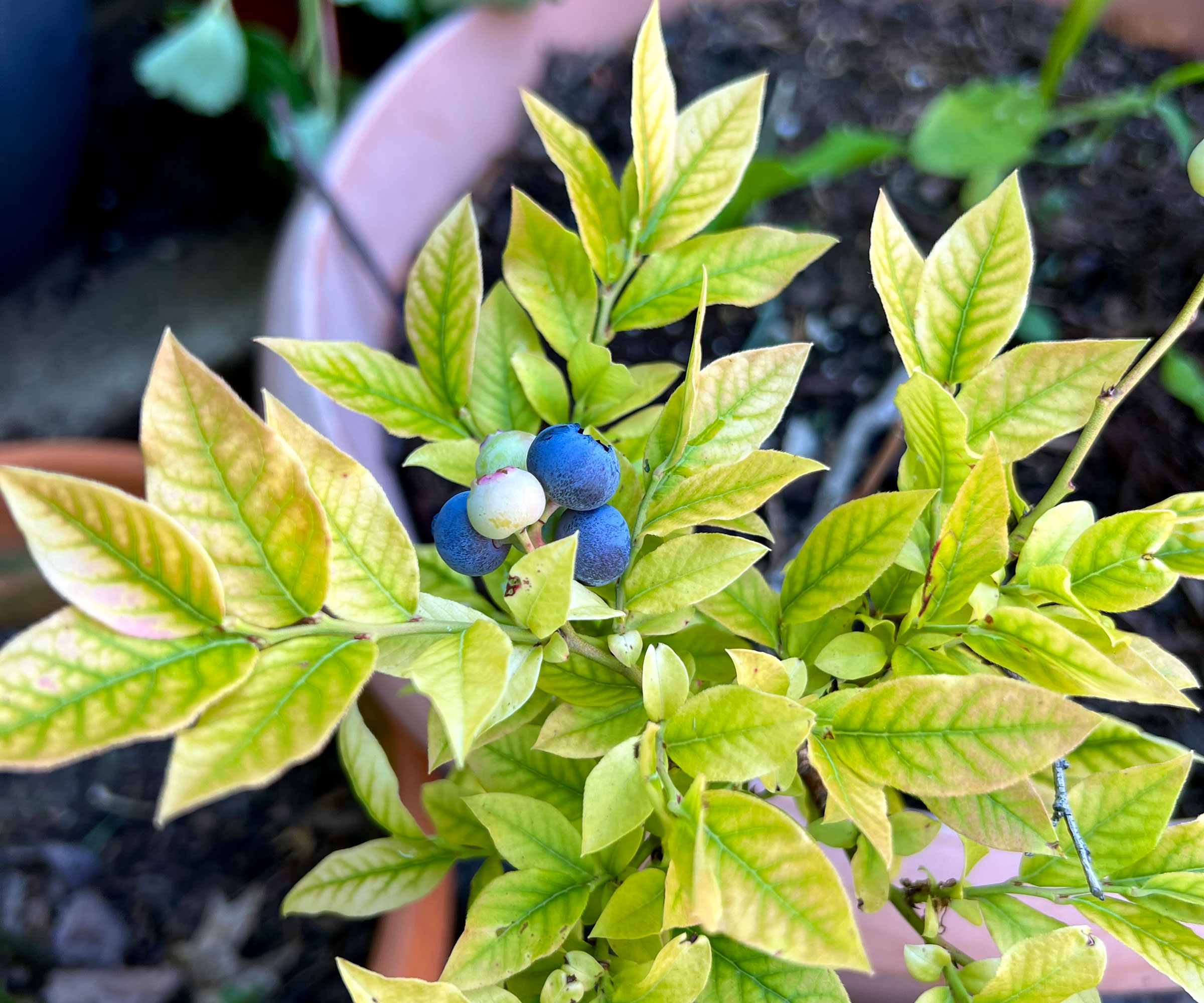
Problems, Pests & Diseases
Birds love blueberries almost as much as we do. One of the main problems you will face when growing blueberries is keeping them from becoming a meal for wild birds in your area. Bird netting is your best bet. Use a cage or a frame structure for this netting. Make sure the net is taut and well secured, to prevent trapping birds.
Other common blueberry pests include thrips and aphids. Swift intervention with organic controls can curb pest numbers. Try a repeat application of a diluted neem oil spray and remove damaged leaves. Another common foe is the blueberry blossom weevil, which may pose a threat during spring. Silly as it sounds, shaking the stems of your blueberry plant can help to dislocate and remove resident weevils!
Overwintering Potted Blueberries
Growing any plant in a container makes it more vulnerable to the cold of winter; instead of being deep underground, the roots are separated from the cold air by just a thin wall. Because of this, you should subtract one number from your local hardiness zone when considering buying a container-grown blueberry. This will help select a variety with a better chance of continued health and cropping success.
The best way to overwinter your blueberry plant is to bury the container in the ground in mid-autumn. Choose a spot that’s out of the wind. Later in the fall, before the risk of snow, mulch with 4-8 inches (10-20cm) of straw and cover the plant with a burlap bag. Water occasionally. Dig the container up in spring. Alternatively, store the potted shrub in an unheated building like a barn or garage over winter, with occasional watering.
Frequently Asked Questions
Can I grow a blueberry bush in a five-gallon bucket?
A five-gallon pot with proper drainage is fine to start a small blueberry plant. As the plant matures, you’ll want to move the bush to a larger container.
How long does it take for blueberry bushes to produce fruit?
While you will get a few blueberries earlier, you’ll have to wait about five years to get a full crop of berries. If you plant a different variety in the vicinity, cross-pollination may speed things up a bit.
This article features products available from third party vendors on the Gardening Know How Shop. Keep in mind that our plant inventory is limited - so if you’re thinking of purchasing, don’t wait!

Teo Spengler is a master gardener and a docent at the San Francisco Botanical Garden, where she hosts public tours. She has studied horticulture and written about nature, trees, plants, and gardening for more than two decades, following a career as an attorney and legal writer. Her extended family includes some 30 houseplants and hundreds of outdoor plants, including 250 trees, which are her main passion. Spengler currently splits her life between San Francisco and the French Basque Country, though she was raised in Alaska, giving her experience of gardening in a range of climates.
- Janey GouldingContent Editor

